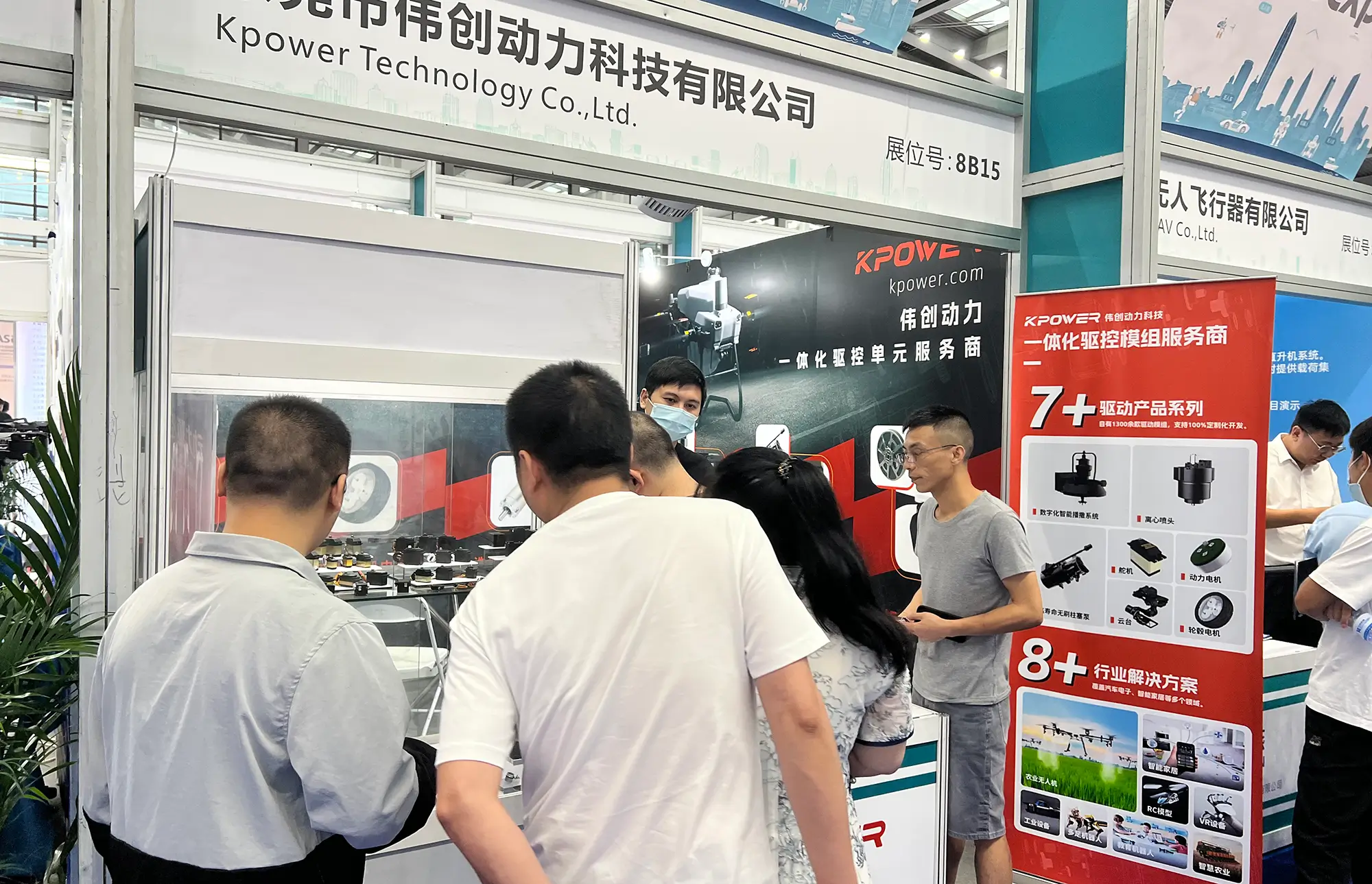
2023 Hobby Expo China in Beijing
Weichuang Power offers a wide range of actuator and drive system solutions for the intelligent cockpit application of new energy vehicles. We offer a series of drive systems composed of high-torque motors, precision reducers and control circuits. It can meet diverse demands such as high power density and low noise.


There Was a Huge Commotion among Robots in Tokyo, Japan
When in primary school, some students also understood the rotation principle of DC motors based on the fact that magnetic poles can "attract and repel" each other. In middle school and high school, I learned the principle of motor rotation using the BLI rule and Fleming's left-hand rule (which will be introduced later). Fleming's law is compared to "the N pole and S pole of a magnet..." Such an explanation is more vivid and can also calculate the force that occurs, which seems more advanced. However, please wait a moment.
After disassembling a DC motor, it will be found that the wires (coils) are wound around the iron core. If there is iron, the magnetic flux will be concentrated in the iron part. Therefore, there is almost no magnetic flux on the coil part (wire) (refer to Figure 2.18 later). In this case, the phrase "on wires placed in a magnetic field..." cannot be applied. Such a statement also cannot use Fleming's law to explain the rotational principle of DC motors. Even so, textbooks on physics and electrical engineering are not wrong either. How should we think about it? To master technology, one should not merely understand it in the mind. It is very important to have a concrete understanding through personal experience.
Therefore, below we will start with the materials around us to gain a deeper understanding of the rotation principle and speed of motors.
The humanistic Brilliance displayed on the spot
When in primary school, some students also understood the rotation principle of DC motors based on the fact that magnetic poles can "attract and repel" each other. In middle school and high school, I learned the principle of motor rotation using the BLI rule and Fleming's left-hand rule (which will be introduced later). Fleming's law is compared to "the N pole and S pole of a magnet..." Such an explanation is more vivid and can also calculate the force that occurs, which seems more advanced. However, please wait a moment.








































